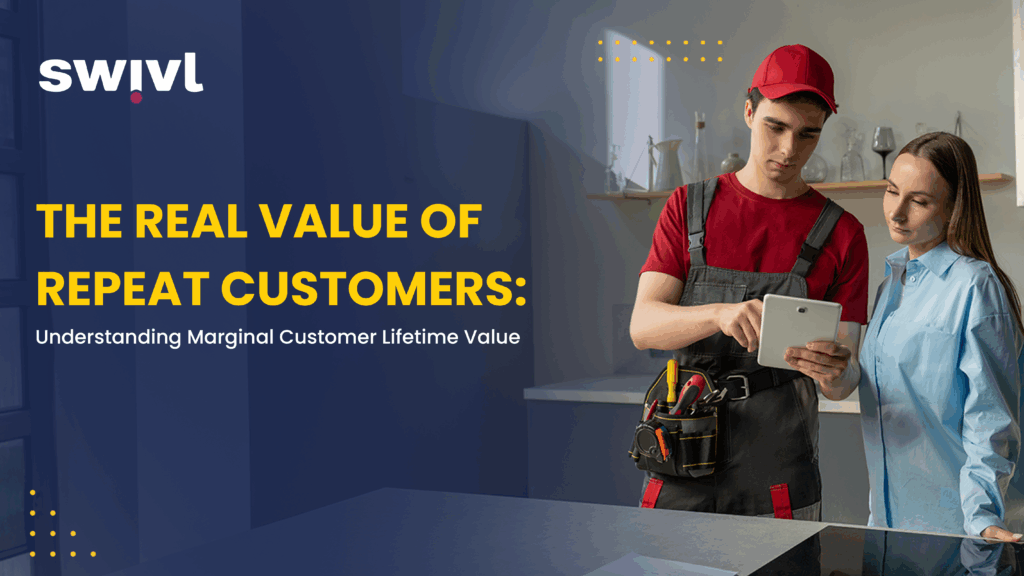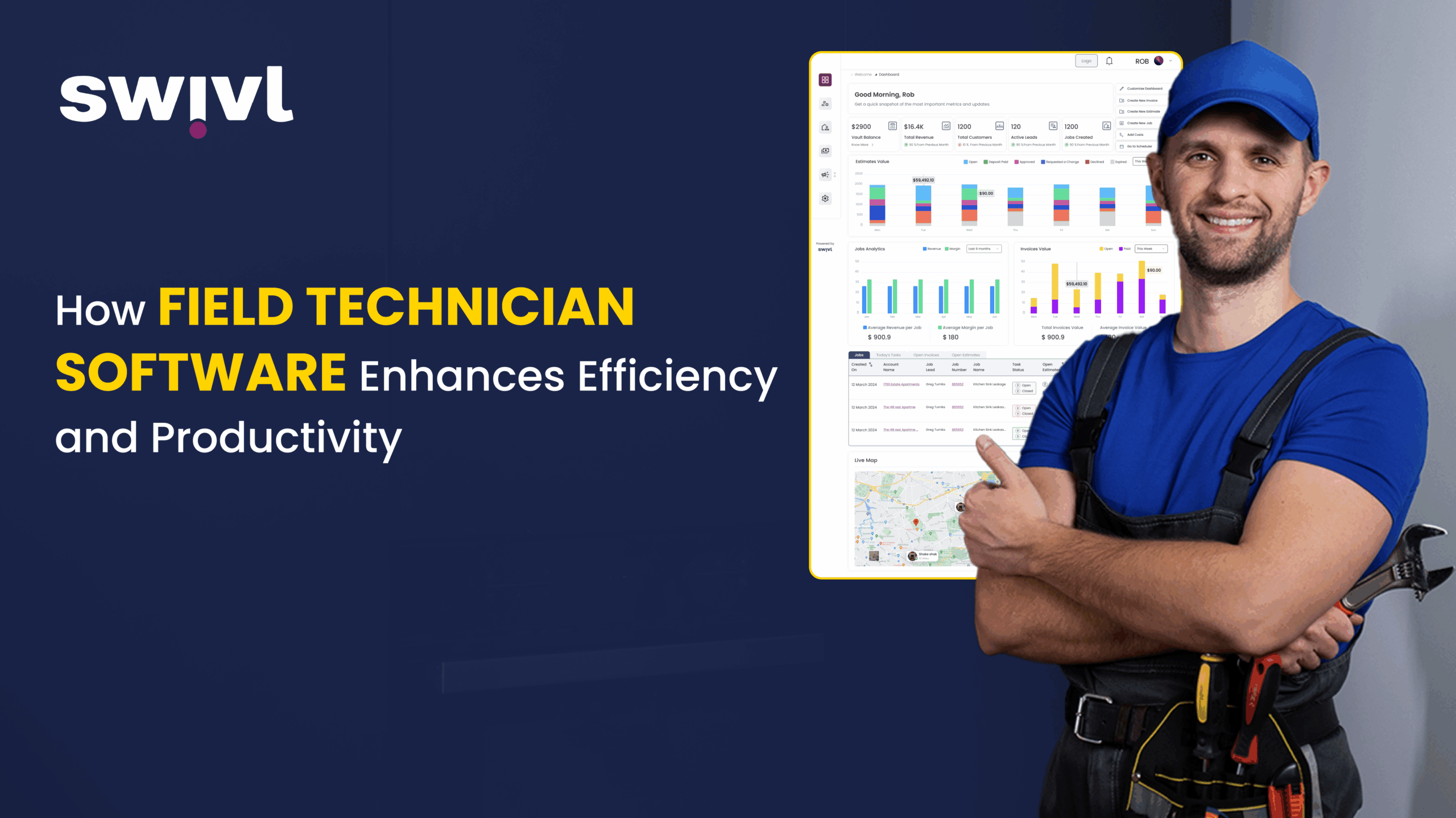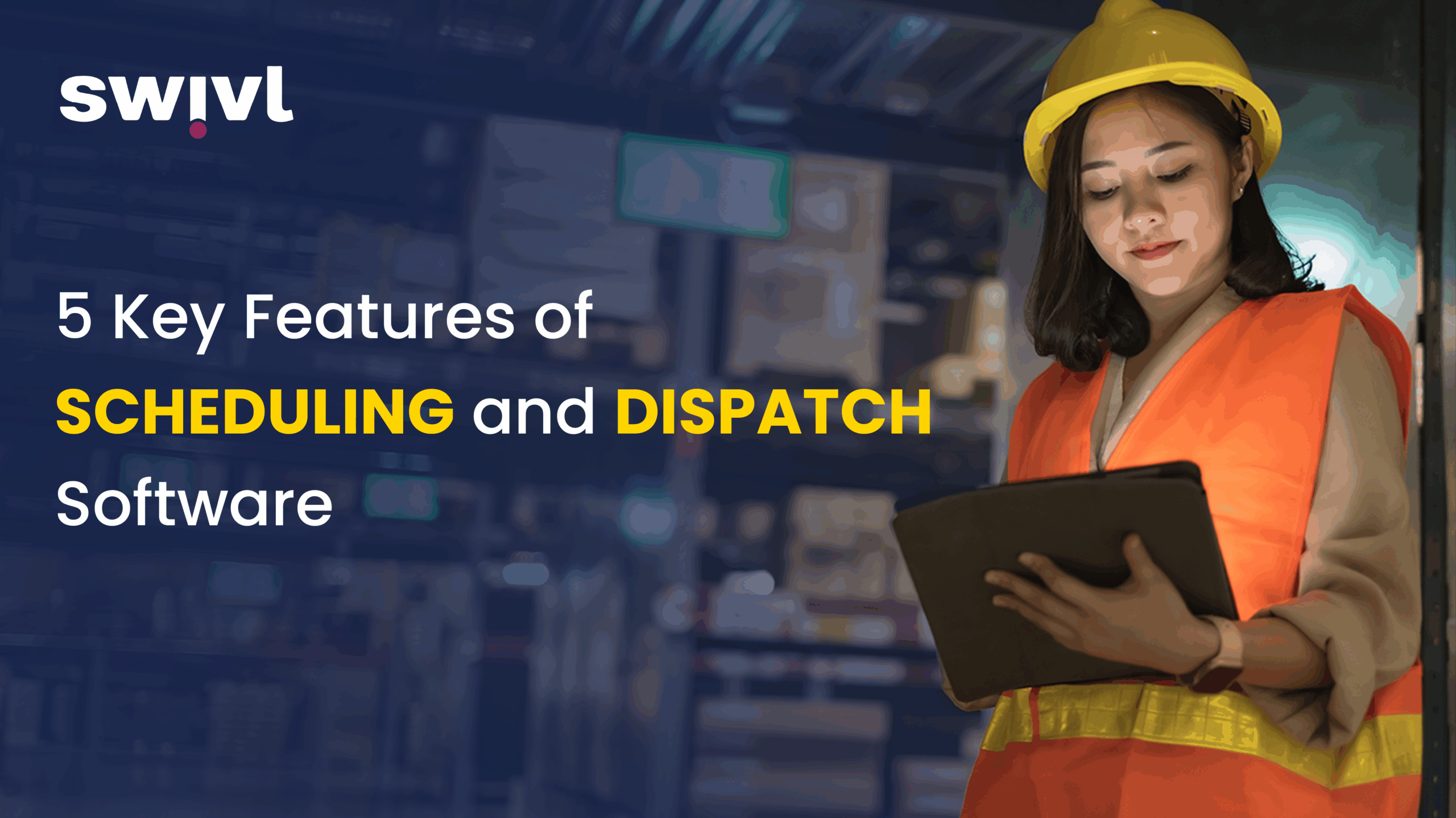When I started my plumbing company, I didn’t have a grand strategy or an MBA-style plan. Like most field service entrepreneurs, I was focused on the basics: doing good work, keeping customers happy, and making sure the next paycheck covered the bills. But over time, I noticed something interesting—my most profitable days weren’t from the one-off residential jobs with high margins. They came from the steady, predictable work orders I was getting from my commercial and municipal customers.
At first glance, these jobs didn’t look as attractive. The margins were tighter, and getting paid sometimes felt like waiting for Christmas morning—but the frequency of those jobs told a different story. Month after month, year after year, those property managers and municipal contracts kept calling. And when it came time to sell my company to a private equity firm, it wasn’t the shiny trucks or our marketing campaigns that made us attractive—it was the predictability and scale of those long-term customer relationships.
This blog is about understanding why those customers were so valuable, and more importantly, how to recognize and measure that value in a way that actually helps you grow your business.
Customer Lifetime Value (CLTV)
If you’ve been in the field service industry long enough, you’ve probably heard of Customer Lifetime Value (CLTV). In simple terms, it’s the total revenue a single customer generates over the life of your relationship with them.
But here’s the thing: CLTV is a little too simple.
The traditional calculation looks at top-line revenue over time. It’s a useful number, but it doesn’t account for the reality we deal with in the field:
- Lower margins on high-volume customers (like property management companies).
- The cash flow challenges that come with 30-, 60-, or 90-day payment cycles.
- The fact that not every dollar of revenue is worth the same to your bottom line.
That’s why I started thinking about something I call Marginal Customer Lifetime Value (mCLTV).
Introducing mCLTV
Marginal Customer Lifetime Value isn’t just about the total revenue a customer brings in. It’s about what’s left over after you account for your costs.
Let me break it down:
- A residential customer might call you once every couple of years for a $600 repair. With costs of $300, you’re left with a clean $300 profit. Nice and simple.
- A commercial customer, like a property management company, might give you 10 jobs a month at $300 per job. Your profit on each might only be $100. At first glance, the residential job looks better.
But here’s where frequency changes everything:
- The residential customer gives you $300 once every two years.
- The property management company gives you $1,000 in profit every month, or $12,000 a year.
The margins are thinner, but the volume and consistency make the commercial relationship exponentially more valuable over time.
But here’s the catch: to make mCLTV work, you need to have an iron grip on your costs.
How Swivl Helped Me Manage mCLTV
When I was building my plumbing company, I didn’t just stumble into managing mCLTV—I had help. Back then, I was using an earlier version of Swivl to manage job costs, track real-time expenses, and keep a close eye on the profitability of every customer relationship.
Swivl made it possible to:
- Track costs in real time: I could see what we were spending on labor, materials, vehicles, and subcontractors for every job.
- Adjust pricing based on margins: By knowing exactly where the money was going, I could tweak our markup strategy to make commercial jobs profitable despite thinner margins.
- Plan for cash flow delays: With better visibility into accounts receivable, I could plan for longer payment cycles and avoid cash flow disasters.
Without Swivl, managing mCLTV would have been like trying to steer a ship blindfolded.
Margins, Frequency, and Financing the Work
The challenge with commercial customers is that their value isn’t obvious on paper. The margins are lower, and financing those accounts receivable for weeks (or months) isn’t cheap.
But here’s the reality: the frequency of service requests and the long-term stability of these relationships far outweigh the short-term challenges.
To make it work, you have to:
- Know your costs at a granular level.
- Price jobs based on your unique cost structure—not generic flat-rate pricing.
- Have tools in place to manage cash flow intelligently.
The Boiler Lesson: Why One Markup Doesn’t Work
Let me tell you about one of the biggest lessons I learned in my early days. For a long time, we applied a flat markup percentage across all of our cost categories—labor, materials, equipment, you name it.
It worked well enough for standard jobs, but we kept losing bids on one specific type of work: boiler installations.
Boilers are expensive—like, 10x the cost of a regular water heater expensive. And because materials made up such a massive chunk of the job cost, our flat markup strategy was killing us. We were overpricing the materials portion of the estimate by a mile, and every customer was walking away.
Once we realized the problem, we changed our approach. Using Swivl, we started breaking our estimates down into categories—labor, materials, vehicles, equipment, subcontractors—and applying a specific markup to each one.
- Materials got a lower markup.
- Labor got a higher markup (it’s riskier and harder to control).
- Vehicles, equipment, and other costs each had their own margins baked in.
Almost immediately, we started winning boiler bids. Not because we were cutting prices to the bone, but because we were pricing strategically, based on our real costs instead of industry averages or flat-rate templates.
Swivl and the Future of Smart Estimating
Swivl is now even better equipped to handle this kind of estimating. Its built-in tools allow you to:
- Break down your costs into clear categories.
- Track actual costs once an estimate is approved.
- Compare estimated vs. actual costs with analytics tools.
And soon, Swivl’s AI-powered estimating tools will make this process even smarter. Unlike other AI estimating tools that pull flat-rate pricing from generic databases, Swivl will use your unique cost structure to generate estimates. You’ll be able to:
- Ask AI to create an estimate based on your costs.
- Fine-tune individual categories.
- Generate a final, accurate quote.
Play the Long Game
At the end of the day, mCLTV isn’t about margins—it’s about strategy.
It’s about knowing that while commercial accounts might have thinner margins and slower payments, their predictability and frequency make them incredibly valuable.
When you manage costs carefully, use tools like Swivl to keep your numbers sharp, and approach pricing with intention, you’re not just building estimates—you’re building a business that can scale, thrive, and eventually become something worth buying.
And trust me—when a buyer comes knocking, they’ll see the value.
You’ll see it too.




